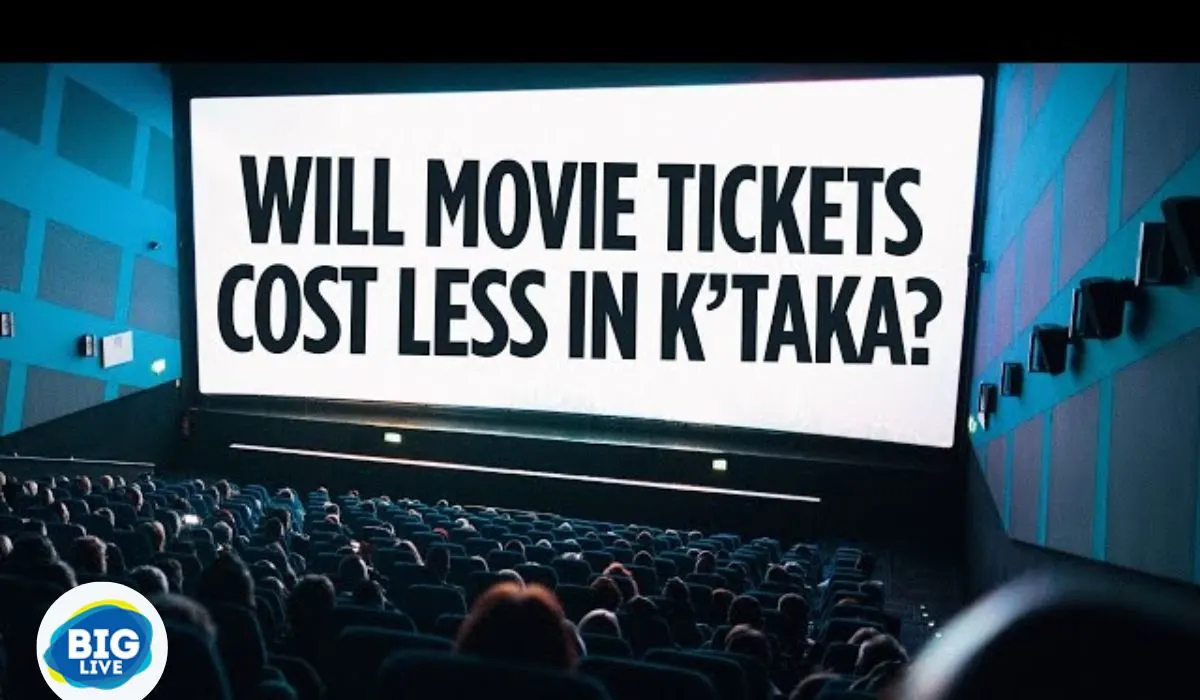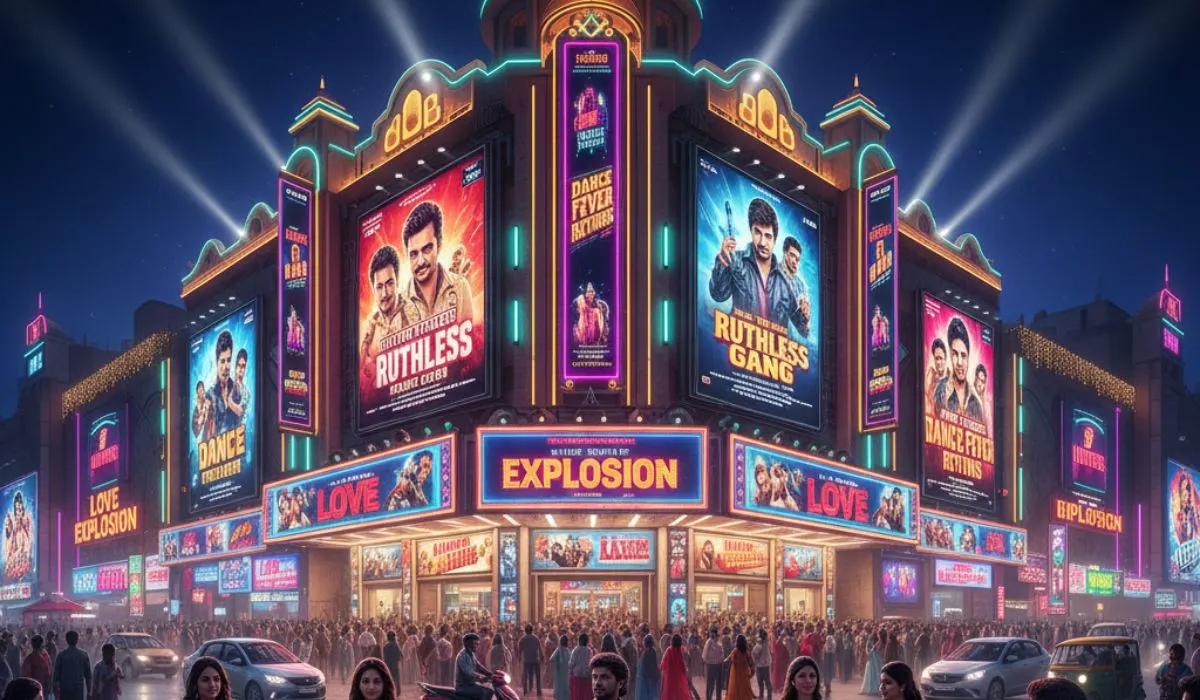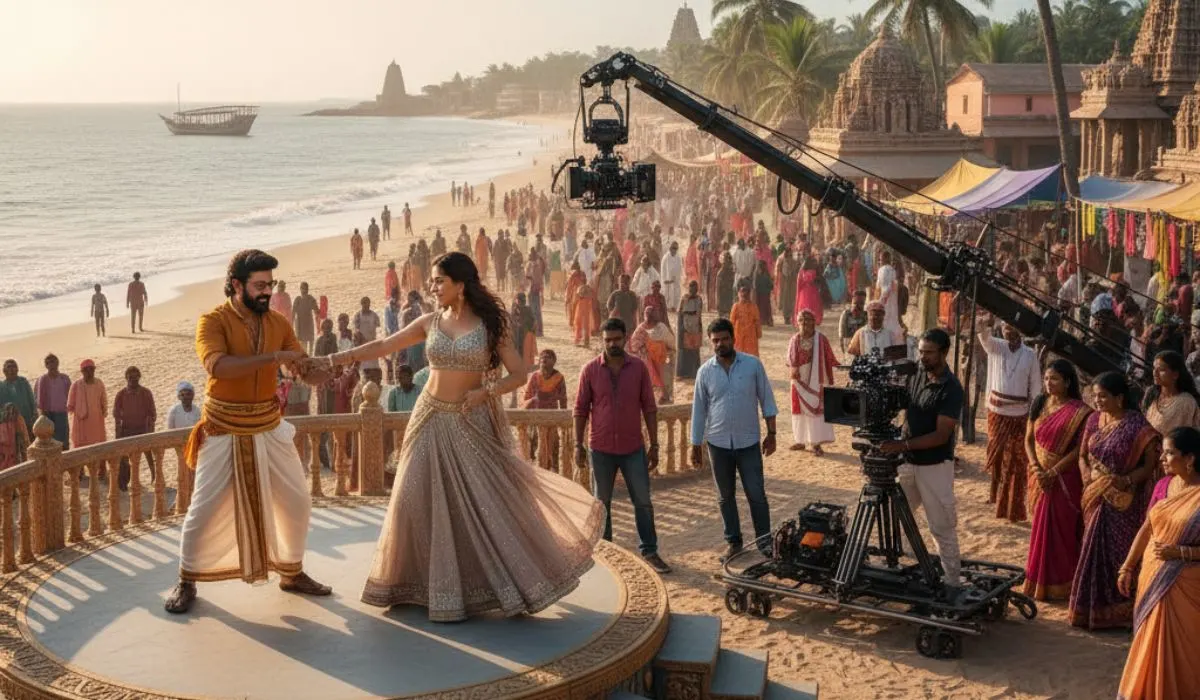The ticket price is announced by the Karnataka government to keep it at around 200. The movie goers will be visiting the theatres more. This will help them have access to entertainment. But there are debates about the decision, considering the legal challenges. In this article, we will see about the details and the implications. Given the reactions that are surrounding the state’s new ticket pricing cap.
Overview of the 200 Karnataka Caps Cinema Policy
The price must not exceed 200. The amendment is applicable on single screen theatres and multiplex screens. The premium halls or gold class screens have exceptions. Up to 75 seats offered with extra amenities are allowed to charge more than 200. Karnataka Cinemas regulation amendment rules 2025 helped the government in introducing this cap. Two standard ticket prices across show timings, this idea is introduced. The 200 ceiling applies, regardless of the timing of the show. Whether it is a morning show, evening show or a weekend screening. This 200 excludes tax and service charges.
Rationale Behind the Decision
The skyrocketing ticket prices have made the cinema out of reach. The government argues in the favour of the sections of the public. With the premium rates in multiplexes especially in urban Centres. For the regular audiences, cinema trips have become expensive.
By enforcing this cap, the state hopes to:
- To bring back the era of cinema goers. And make it affordable and accessible to the audience. In smaller towns boost footfalls and theatre halls. Encourage films in Kannada and regional language. During blockbuster releases, prevent price exploitation.
- Supporters of the policy see it as a pro-consumer move in entertainment regulation.
Industry Pushback and Legal Challenges
The policy in the court has been challenged by Multiplex chain and film producers. Operational cost maintenance of premium formats are considered. The argument about flat 200 fails to consider these conditions. Interim order has been issued by the Karnataka High Court government. In accordance with stopping the enforcement of the cap citing that such a regulation might be “manifestly arbitrary.” At present, the theatres are allowed to charge high prices. The situation at the present means the legal matter isn’t resolved yet. Uniform ceiling impractical as asserted by Multiplex operators. They have made business models, investments, and state of the art technology, licensing, and rent. To maintain transparent ticket and sales records, the High Court has also directed theatres. So that appeal refund mechanisms can be activated.
Implications for Audiences
Audiences stand to gain significantly, If the cap becomes fully applicable:
- A larger audience will be attracted to the theatres if the affordable tickets are there. If due to the costs the previous movie goers skip theatres. Better access will be gained two Multiplex screens of regional, smaller budget films and introduced.
- The ticket prices remain the same until legal clarity emerges. Payment receipts and tickets will be retained if the audience wants to. And the refund becomes applicable later.
Recomanded to read :- OG Movie Collection Today: Box Office, Day-Wise Earnings
Possible Consequences for the Film Industry

While the cap benefits audiences, it could stress certain segments of the film ecosystem:
- Reduced Revenue Margins
Big-budget films rely on higher box-office collections to recoup investments. A 200 cap could limit earning potential, especially in premium theatres. - Pressure on Multiplexes
Multiplex chains might find it hard to sustain profits, especially in metro areas with high real estate and operational costs. - Risk to Innovation and Upgrades
Investments in newer exhibition technologies, luxury experiences, or theatre renovations might slow down if revenue becomes constrained. - Shift in Film Release Strategies
Producers may become conservative in release planning, avoiding expensive weekend slots or multiplex expansions in Karnataka.
That said, if the cap truly increases volume in ticket sales, it might partly offset revenue loss per ticket. But that balance is delicate.
Recent Developments & Status Update
The High Court has extended the stay as of now. Giving theatres temporary relief from immediate enforcement. The court has instructed transparency and readiness. If the cab stands later, the case continues to be actively debated. Higher collection prices are restored as reported by some of the Multiplex chains. It could set a major precedent if the outcome of the legal battle comes out, not just in Karnataka. But across India’s film exhibition sector.
What Audiences Can Do Now?
For future reference, keep your tickets and payment receipts along with you, especially if the cap is enforced later. For refund or compensation, what cinema announcement in case if you get an access amount charged. Keep a check on core links and state news to know when the cap may become effective. Since premium screens may have an exemption, keep a check on show formats and the theatre types.
Conclusion: Promise vs. Practicality
To cap cinema ticket prices at 200, the decision has been made by Karnataka’s government. It is ambitious and reflects a strong pro-consumer stance. To make the cinema accessible again for many, this promise has been made. But implementation, legal hurdles, and financial viability remain serious challenges. It could shape how films are priced and distributed in India . If the courts eventually upload the cap. Affirm the market drive pricing model in entertainment. If it gets struck down.














